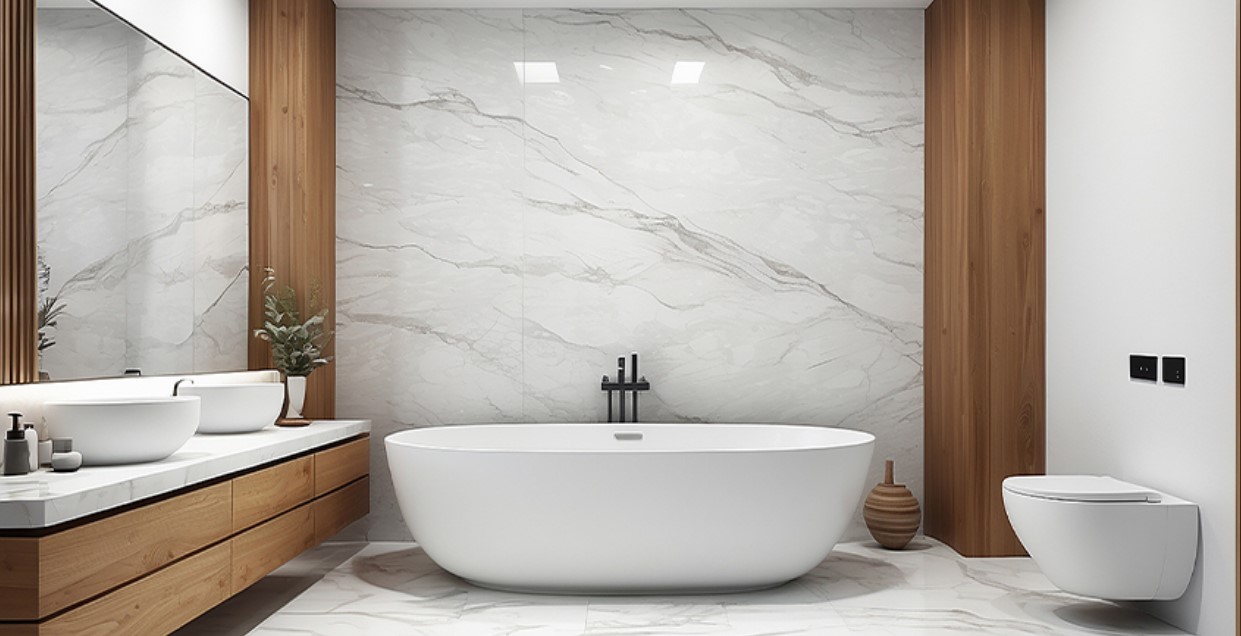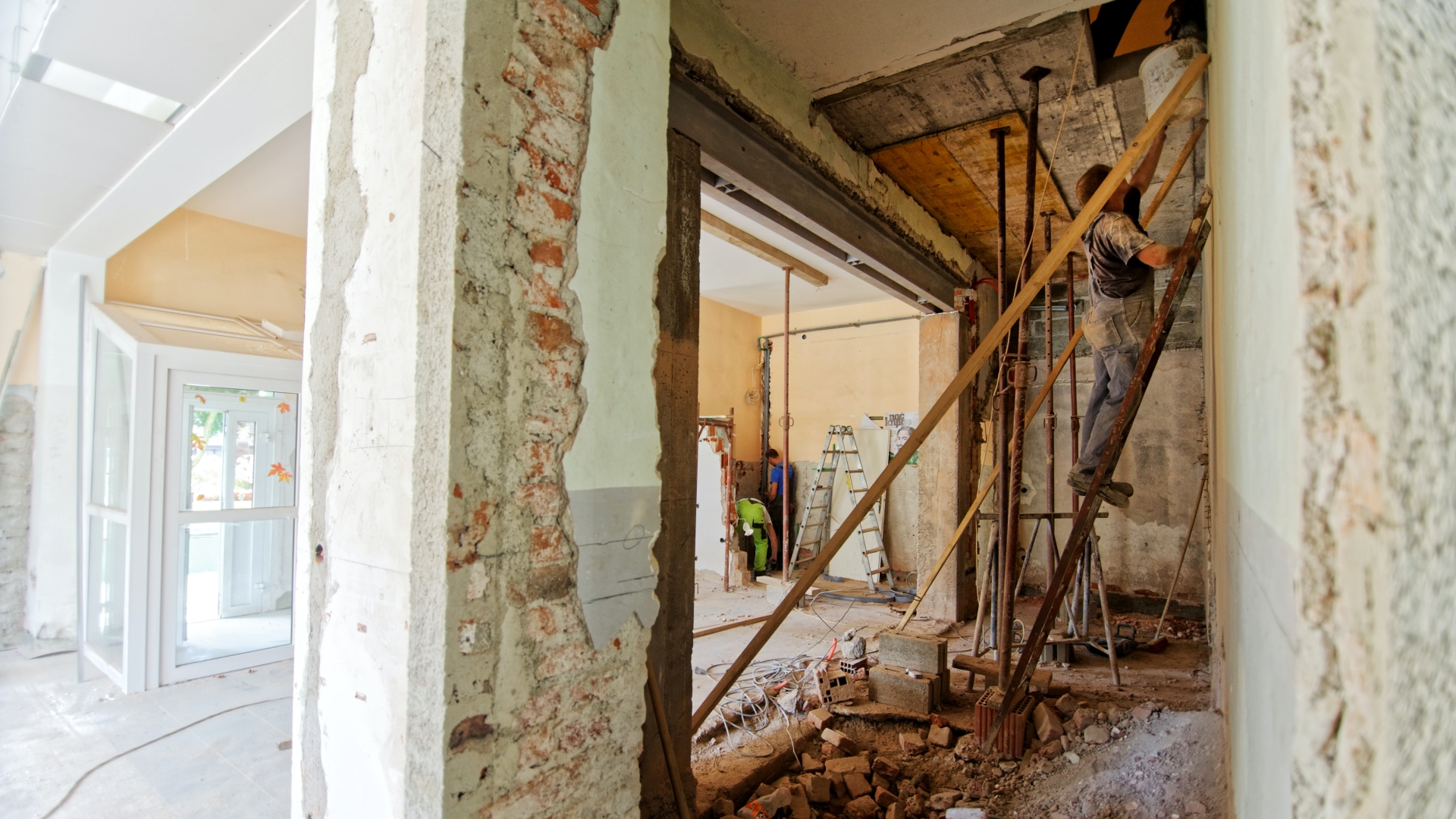Natural granite is a favorite for homeowners and designers because of its durability, timeless beauty, and resistance to wear. Whether it’s used for kitchen countertops, bathroom vanities, or flooring, proper care is essential to keep granite surfaces looking their best for years. While granite is strong, it isn’t indestructible. It requires routine maintenance to prevent stains, scratches, and dullness.
This guide will walk you through the best practices for maintaining natural granite surfaces, covering cleaning, sealing, and avoiding common mistakes that could damage this stunning natural stone.
Daily Cleaning Tips for Natural Granite
Keeping granite clean doesn’t have to be complicated. Simple daily habits will go a long way in preserving its natural beauty and extending its lifespan.
1. Use a Soft Cloth or Sponge
Granite should be cleaned with a soft microfiber cloth, sponge, or non-abrasive pad. Harsh scrubbers like steel wool or rough sponges can scratch the surface, making it more prone to stains.
2. Choose a pH-Balanced Cleaner
Avoid using harsh or acidic cleaners like vinegar, lemon juice, or ammonia-based solutions, as they can break down the sealant and dull the surface. Instead, use warm water with a mild dish soap or a specially formulated stone cleaner.
3. Wipe Up Spills Immediately
Granite is resistant to stains, but it’s not completely stain-proof. Liquids like wine, coffee, and citrus juice can leave marks if left sitting for too long. Always wipe spills immediately with a damp cloth to prevent staining.
4. Dry the Surface to Prevent Water Spots
After wiping your granite countertops, use a dry microfiber cloth to remove excess moisture. This prevents water spots and maintains the stone’s natural shine.
Preventing Stains and Etching
Even though granite is less porous than some other natural stones, it can still absorb liquids over time. Proper care can help prevent permanent stains and etching.
1. Seal Granite Regularly
Sealing is the most important step in protecting granite from stains and water damage. Most granite surfaces come pre-sealed, but the sealant wears off over time.
-
How to Test If Your Granite Needs Sealing: Pour a few drops of water onto the surface and wait 15 minutes. If the water beads up, the seal is intact. If it absorbs into the stone, it’s time to reseal.
-
How Often to Seal: Most granite surfaces should be sealed every 6 to 12 months, depending on usage. High-traffic areas like kitchen countertops may require sealing more often than bathroom vanities.
2. Use Coasters and Trivets
While granite is heat-resistant, sudden temperature changes can cause small cracks. Always use trivets or hot pads under hot pots and pans. Coasters are also useful for preventing water rings from glasses and mugs.
3. Avoid Oil-Based Products
Cooking oils, cosmetics, and lotions can leave stubborn stains on granite. If oil spills occur, clean them up immediately with mild dish soap and warm water. For deep-set oil stains, a paste made from baking soda and water can help lift the stain over time.
Proper Cleaning Methods for Different Situations
Sometimes, daily cleaning isn’t enough. Here’s how to handle common cleaning challenges with granite surfaces.
1. Removing Stubborn Stains
-
Organic stains (coffee, wine, fruit juices): Mix baking soda and water to form a paste, apply it to the stain, and cover it with plastic wrap. Leave it overnight before rinsing.
-
Oil-based stains (grease, cooking oils): Use a paste made of baking soda and water or a gentle degreaser. Apply it to the stain, let it sit for several hours, then wipe it clean.
-
Ink or marker stains: Use isopropyl alcohol (rubbing alcohol) on a soft cloth to lift ink or marker stains.
2. Handling Hard Water Deposits
If you live in an area with hard water, you may notice white mineral deposits on your granite surfaces. To remove them, mix equal parts water and rubbing alcohol and wipe the surface clean with a microfiber cloth.
3. Polishing for Extra Shine
If your granite has lost its luster, you can bring back its natural shine using a stone-safe polish. Avoid wax-based polishes, as they can leave a sticky residue that attracts dirt.
Avoiding Common Mistakes That Can Damage Granite
Despite its durability, granite can be damaged by certain habits. Here are some common mistakes to avoid:
1. Cutting Directly on the Surface
While granite is scratch-resistant, using knives directly on the surface can dull both the stone and your knife blades. Always use a cutting board to protect both your countertops and your knives.
2. Sitting or Standing on Granite Counters
Granite is strong but not flexible. Sitting or standing on the edges of granite countertops can cause cracks or fractures.
3. Using Bleach or Harsh Chemicals
Cleaning products with bleach, ammonia, or acids can break down the sealant and cause discoloration. Always stick to mild, pH-balanced cleaners designed for stone surfaces.
Long-Term Maintenance for Lasting Beauty
Granite can last for decades if properly maintained. Here’s what you can do to keep it in the best condition for years to come.
1. Resealing on Schedule
As mentioned earlier, sealing granite every 6 to 12 months is key to keeping it stain-resistant. Keeping up with this routine prevents long-term damage.
2. Regular Deep Cleaning
In addition to daily cleaning, deep clean your granite surfaces once a month using a stone-safe cleaner or a mixture of mild dish soap and water. This helps remove buildup and keeps the surface looking fresh.
3. Inspecting for Damage
Every few months, check for cracks, chips, or dull spots. If you notice any damage, address it quickly to prevent it from getting worse. Small chips can sometimes be repaired with epoxy or a professional stone repair kit.
Caring for natural granite doesn’t have to be complicated. With a few simple habits—such as wiping up spills quickly, using the right cleaners, and sealing regularly—you can keep your granite surfaces looking as good as new for decades. Granite is an investment in your home, and with proper care, it will continue to add beauty and value for years to come.










